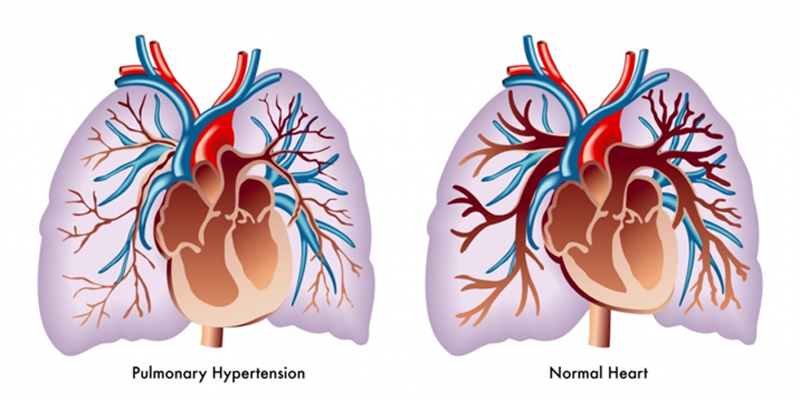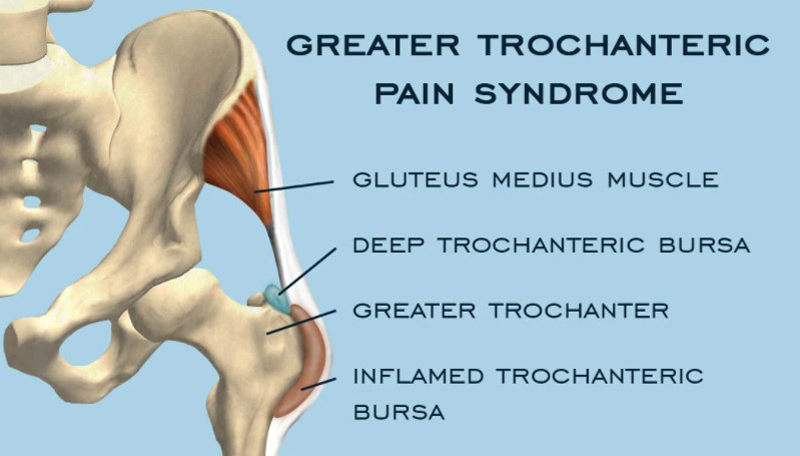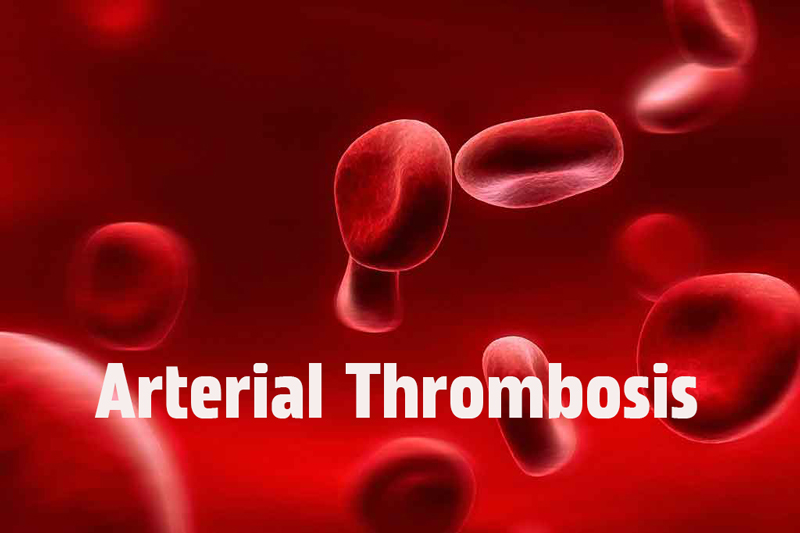Understanding Mesothelioma: Causes, Symptoms and Treatment
Aug. 3, 2023 #AsbestosWhat is Mesothelioma?
Mesothelioma is a type of cancer that develops from the thin layer of tissue that covers many of the internal organs. It primarily affects the lining of the lungs and chest wall, but can also affect the abdomen and other organs. This rare and aggressive disease is primarily caused by exposure to asbestos, a mineral commonly used in construction materials.
People who have worked in industries such as mining, construction, or the military are at a higher risk of developing mesothelioma. The disease often takes decades to develop, making early detection and treatment crucial for improving outcomes in patients.

Causes and Risk Factors
Exposure to asbestos is the primary cause of mesothelioma. Asbestos is a mineral that was commonly used in construction materials, such as insulation, roofing, and flooring, due to its heat-resistant properties.
Industries such as mining, construction, and the military have higher risks of developing mesothelioma due to the frequent use of asbestos in these sectors. Workers in these industries may have been exposed to asbestos fibers through inhalation or direct contact.
It is important to note that the onset of mesothelioma often occurs many years after the initial exposure to asbestos. In fact, it is estimated that there can be a latency period of about 40 years between asbestos exposure and the development of mesothelioma.
In addition to asbestos exposure, other factors can increase the risk of developing mesothelioma. Genetic factors may play a role, as certain genetic mutations have been associated with an increased risk of developing the disease. Additionally, infection with the simian virus 40 (SV40) has also been suggested as a potential risk factor for mesothelioma.
Early detection and treatment are crucial for improving outcomes in mesothelioma patients. Recognizing the causes and risk factors can help individuals take preventive measures and seek timely medical attention if they have been exposed to asbestos.
Symptoms
- Symptoms of mesothelioma include chest pain, shortness of breath, and weight loss.
- The disease often takes decades to develop, leading to delayed diagnosis.
Mesothelioma is a rare and aggressive form of cancer that affects the mesothelial cells lining the chest and abdomen. It is primarily caused by exposure to asbestos, a mineral commonly used in construction materials. People who have worked in industries such as mining, construction, or the military are at a higher risk of developing mesothelioma.
The disease often takes decades to develop, with symptoms typically not appearing until the cancer is in an advanced stage. Chest pain, shortness of breath, and weight loss are common symptoms experienced by mesothelioma patients. These symptoms may initially be attributed to other respiratory or gastrointestinal conditions, making diagnosis challenging.
Since mesothelioma has a long latency period, it is often diagnosed in its later stages when treatment options may be more limited. Early detection through regular screenings is important for improving outcomes and increasing the chances of successful treatment.
If you have a history of asbestos exposure or are experiencing symptoms commonly associated with mesothelioma, it is important to consult with a healthcare professional. They can evaluate your medical history, perform diagnostic tests, and recommend appropriate treatment options.
By raising awareness of the symptoms and risk factors associated with mesothelioma, we can promote early detection and help improve the prognosis for individuals affected by this aggressive cancer.
Diagnosis and Treatment
Diagnosing mesothelioma can be challenging due to its nonspecific symptoms and long latency period. However, early detection is crucial for improving outcomes and increasing the chances of successful treatment.
Suspected cases of mesothelioma are often first identified through imaging tests, such as chest X-rays and CT scans. These tests can reveal abnormalities in the lungs or chest wall that may indicate the presence of mesothelioma.
In order to confirm a diagnosis, further testing is needed. This may involve fluid analysis or a tissue biopsy. Fluid analysis can be performed by extracting a small amount of fluid from the affected area and examining it for the presence of cancer cells.
A tissue biopsy is the most definitive method of diagnosing mesothelioma. It involves the removal of a small sample of tissue from the affected area, which is then examined under a microscope for the presence of cancer cells. This biopsy may be done through a minimally invasive procedure called thoracoscopy or through open surgery.
Once a diagnosis of mesothelioma is confirmed, treatment options can be explored. The choice of treatment depends on several factors, including the stage of the disease, the location of the tumor, and the overall health of the patient.
Treatment for mesothelioma may involve a combination of surgery, radiation therapy, and chemotherapy. Surgery aims to remove as much of the tumor as possible and may involve the removal of the affected lung, parts of the chest wall, or the diaphragm.
Radiation therapy uses high-energy X-rays or other types of radiation to destroy cancer cells or shrink tumors. It is often used in conjunction with surgery to target any remaining cancer cells after surgery.
Chemotherapy involves the use of drugs to kill cancer cells. It can be administered orally or intravenously and may be used before surgery to shrink tumors, after surgery to kill any remaining cancer cells, or as a palliative treatment to help manage symptoms in advanced cases.
While mesothelioma is a challenging disease to diagnose and treat, advancements in medical research and technology have improved outcomes for patients. Early detection, prompt treatment, and a multidisciplinary approach involving a team of healthcare professionals can greatly increase the chances of successful treatment and improved quality of life for mesothelioma patients.
Prevalence and Prognosis
- In 2015, about 60,800 people had mesothelioma, and 32,000 died from the disease.
- Survival rates are generally low, with an average 5-year survival rate of 8% in the United States.
- Rates of mesothelioma vary in different areas of the world, with higher rates in Australia and the United Kingdom.
- Most cases are diagnosed after the age of 65, and the disease is more common in males.
Mesothelioma is a rare and aggressive form of cancer that primarily affects the lining of the chest and abdomen. Despite its rarity, mesothelioma has a significant impact on global health, with thousands of new cases and deaths reported each year.
In 2015, an estimated 60,800 people were diagnosed with mesothelioma worldwide. Tragically, about 32,000 individuals lost their lives to this disease. These numbers highlight the urgent need for early detection, improved treatment options, and increased awareness surrounding the risks and causes of mesothelioma.
Survival rates for mesothelioma remain low, emphasizing the challenges associated with diagnosis and treatment. In the United States, the average 5-year survival rate for mesothelioma patients is just 8%. This low survival rate underscores the need for more effective treatment strategies and ongoing research to improve patient outcomes.
It is important to note that mesothelioma rates can vary in different regions of the world. Countries such as Australia and the United Kingdom have higher rates of mesothelioma, likely due to historical asbestos use. These regions may have different approaches to managing and treating the disease, highlighting the importance of international collaboration and sharing of best practices.
Mesothelioma is more commonly diagnosed in individuals over the age of 65. This may be due to the long latency period of the disease, which can span several decades. Additionally, mesothelioma has a higher incidence in males, possibly due to occupational exposure in industries where asbestos was commonly used.
By understanding the prevalence and prognosis of mesothelioma, we can better support individuals at risk, promote early detection, and advocate for improved treatment options. Efforts to raise awareness, push for stronger regulations, and invest in research are crucial in the fight against this devastating disease.







COMMENTS